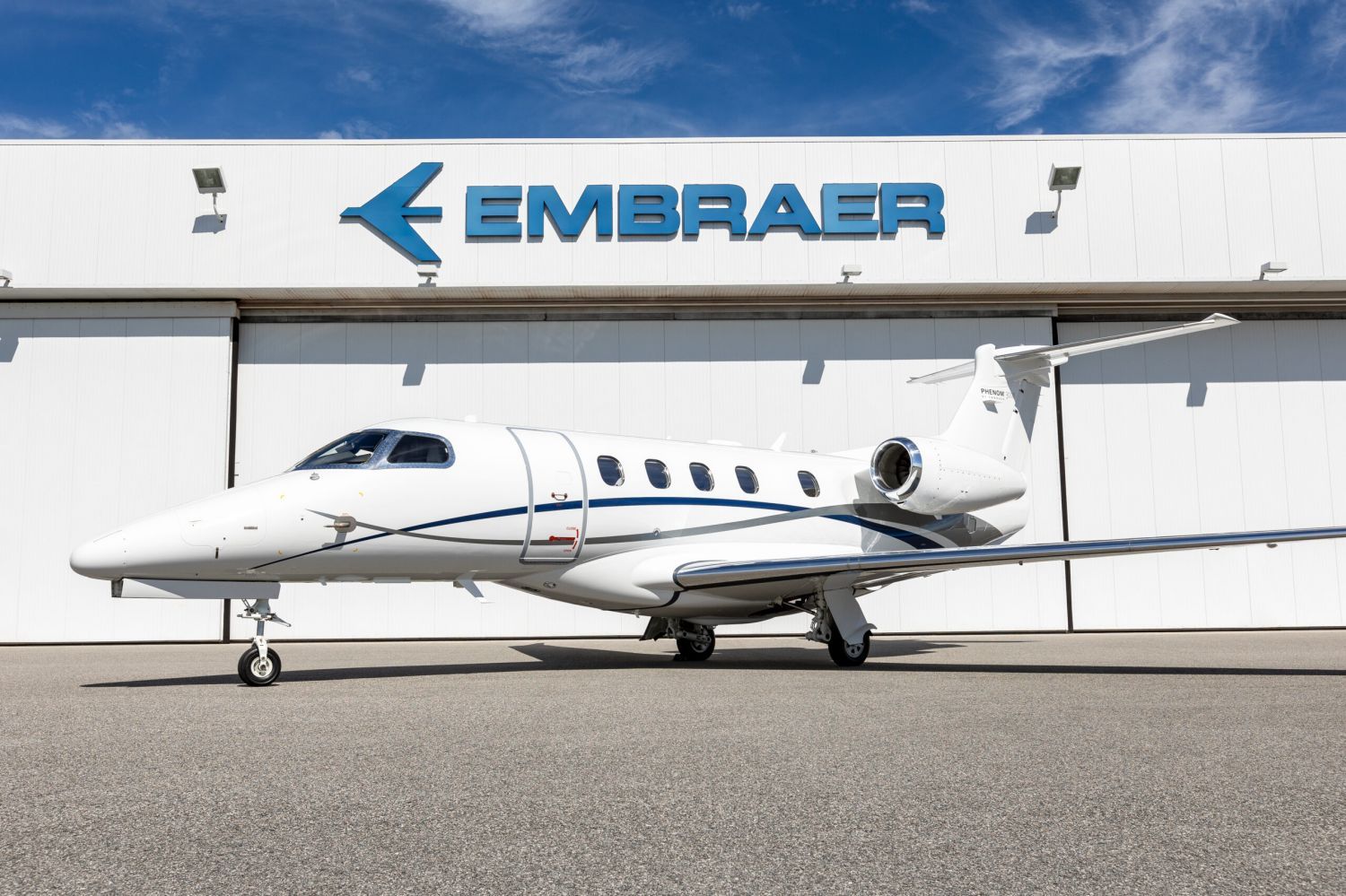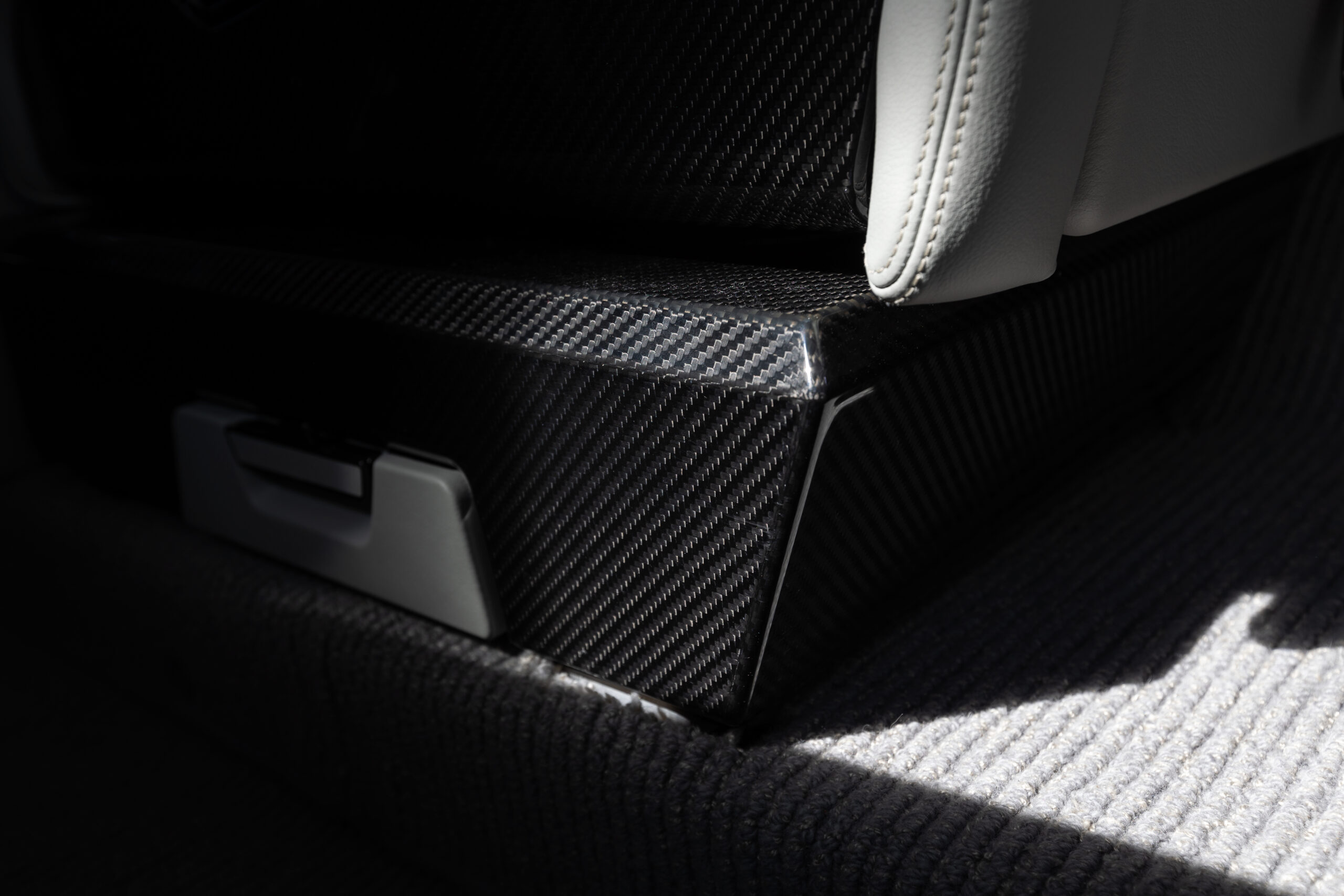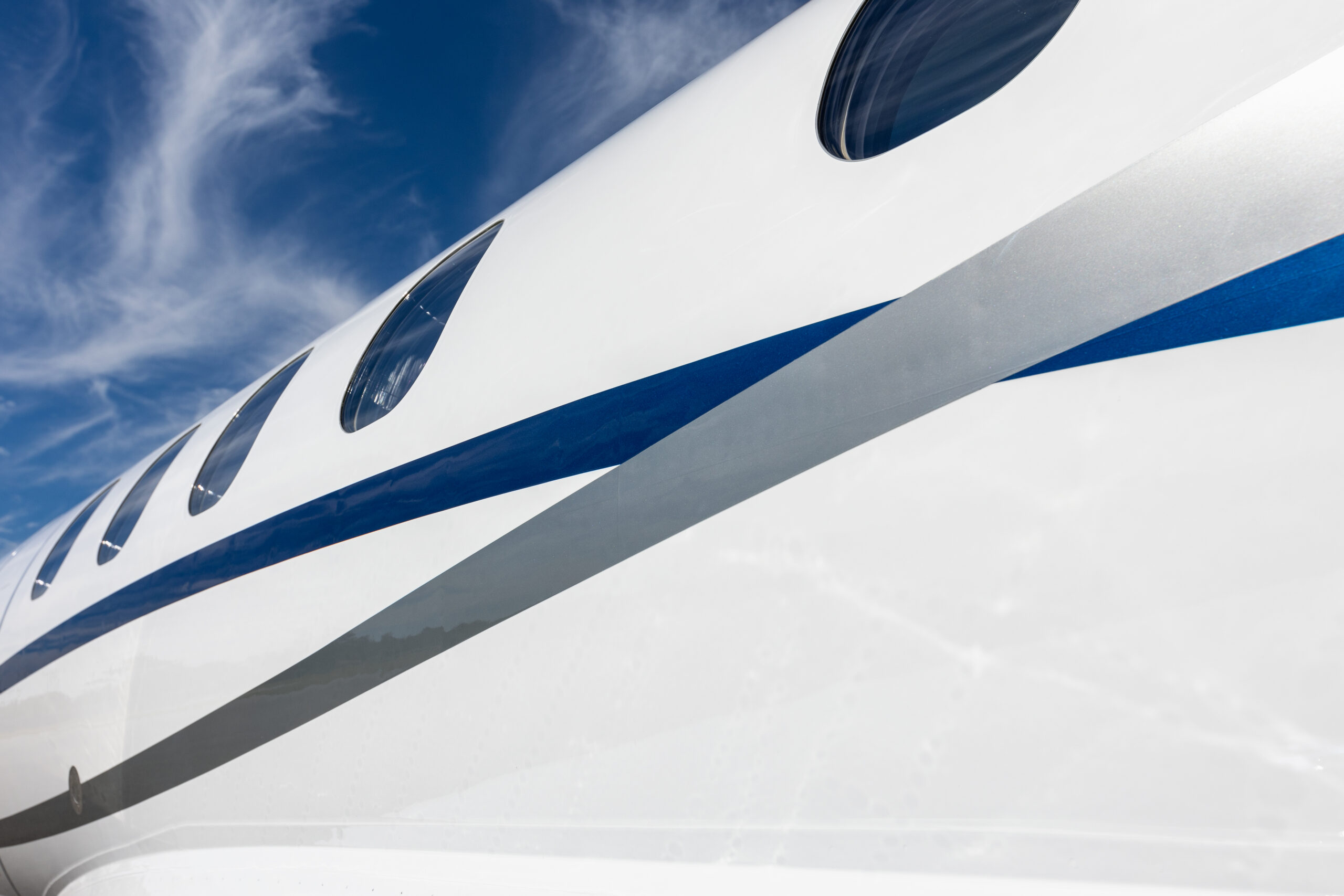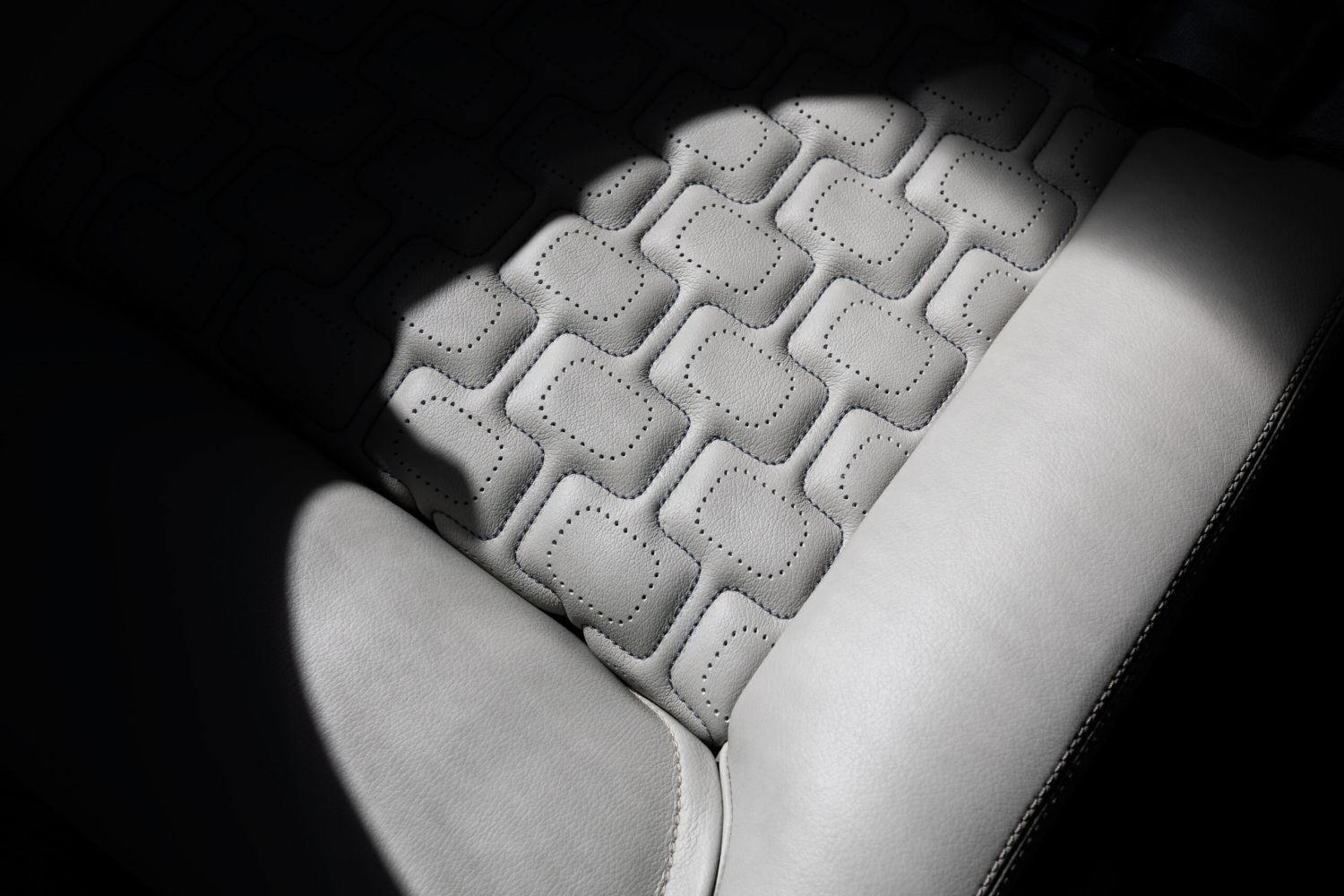Embraer delivered the first Phenom 300E in Ecuador
Embraer recently delivered a new Phenom 300E to an undisclosed customer in Quito, Ecuador, marking the first delivery of the aircraft type in the country.
The Phenom 300E’s technology, performance, and comfort are key for the missions in which the aircraft will fly. With a range of 2,010 nautical miles (3,724 km), the aircraft also features a unique take-off performance, which allows it to depart from Quito International (SEQM) at its maximum structural take-off weight (MTOW) in temperatures up to ISA+26 on dry or wet runways and fly non-stop to Miami, for instance.
In addition to the Phenom 300E’s range, the aircraft was selected by the customer for its ability to operate from challenging airports with outstanding performance when facing short runways, high elevations, and surrounding mountains. With superb runway and climb capabilities, the Phenom 300E demonstrates unmatched performance with technologies such as Synthetic Vision System (SVS) to provide enhanced situational awareness and runway overrun awareness and alerting system (ROAAS)―the first technology of its kind to be developed and certified in business aviation.
“We are proud to deliver the first Phenom 300E in Ecuador and believe it’s the perfect aircraft to perform flights both domestically and internationally from Quito,” said Gustavo Teixeira, Embraer Sales VP for Latin America. “As the best-selling light jet series for nine consecutive years, the aircraft is a leader in its class and provides not only incredible technology and performance but outstanding comfort. While this is the first Phenom 300E delivery to Ecuador, we are scheduled to deliver another aircraft to a separate customer in the country in 2022, which reflects our commitment to delivering the ultimate experience—even in challenging terrains.”
With the best climb and field performance in its class, the Phenom 300E costs less to operate and maintain than its peers. The aircraft is capable of flying at 45,000 feet (13,716 meters), powered by two Pratt & Whitney Canada PW535E1 engines with 3,478 pounds of thrust each.







Comentarios
Para comentar, debés estar registrado
Por favor, iniciá sesión